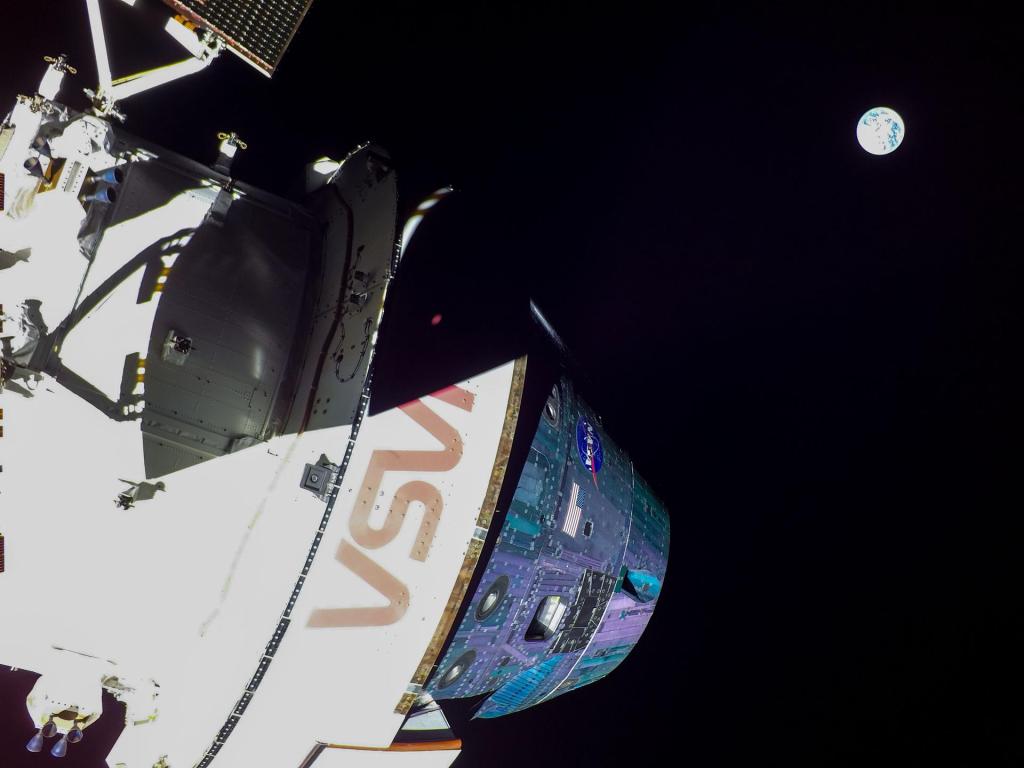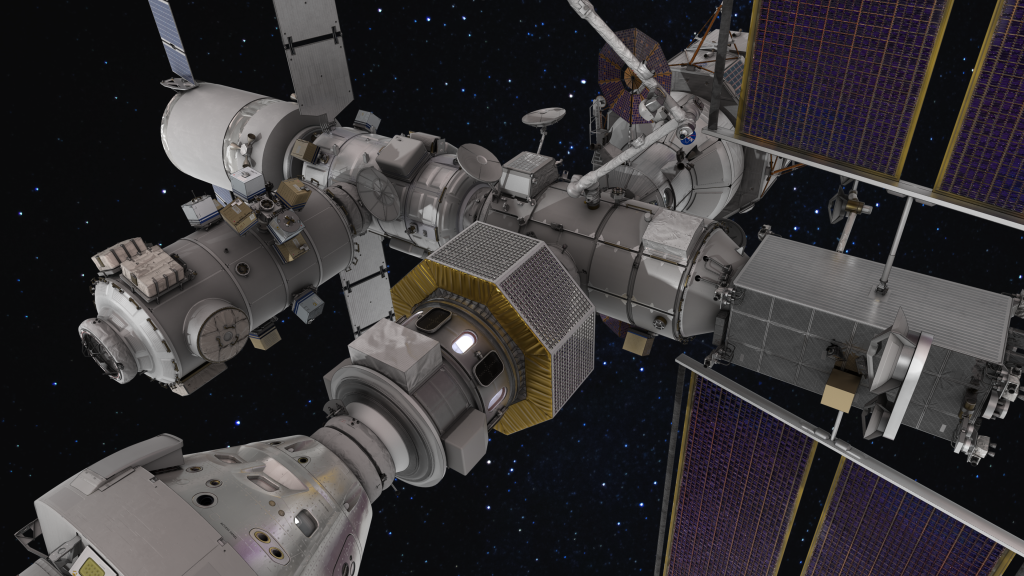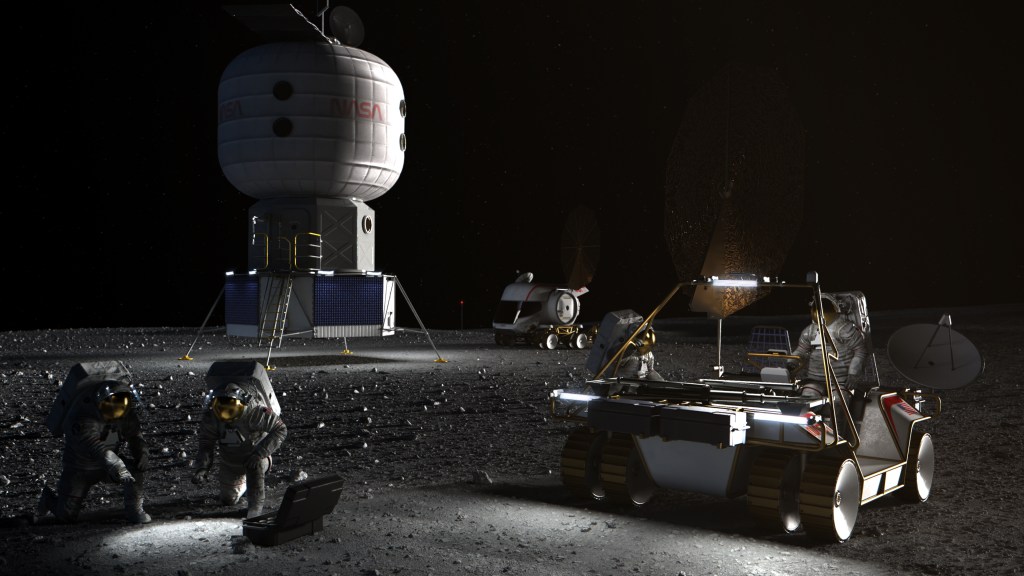Artemis - NASA (original) (raw)
The Moon is a 4.5-billion-year-old time capsule
With NASA’s Artemis campaign, we are exploring the Moon for scientific discovery, technology advancement, and to learn how to live and work on another world as we prepare for human missions to Mars. We will collaborate with commercial and international partners and establish the first long-term presence on the Moon. NASA will land the first woman and first person of color on the Moon, using innovative technologies to explore more of the lunar surface than ever before.
Learn More about Artemis Missions
Artemis I
Artemis I was an uncrewed flight test of the Space Launch System and the Orion spacecraft around the Moon.
Artemis II
Artemis II will be the first crewed flight test of the Space Launch System and the Orion spacecraft around the Moon.
Artemis III
Artemis III will send the first humans to explore the region near the lunar South Pole.
Artemis IV
Artemis IV debuts humanity's first lunar space station, a larger, more powerful version of the SLS rocket, and new mobile launcher.
Artemis
Why We Are Going To The Moon
We’re going back to the Moon for scientific discovery, economic benefits, and inspiration for a new generation of explorers: the Artemis Generation. While maintaining American leadership in exploration, we will build a global alliance and explore deep space for the benefit of all.
Learn More About the Moon about Why We Are Going To The Moon
Our success will change the world.
What more can we learn at the Moon?
The Moon is a treasure trove of science.
Earth’s Moon is a 4.5-billion-year-old time capsule, pristinely preserved by the cold vacuum of space. The lunar samples returned during the Apollo Program dramatically changed our view of the solar system, and scientists continue to unlock new secrets from those samples. Yet, we are just scratching the surface of knowledge about the Moon. Future samples from Artemis missions will continue to advance our knowledge of the history and formation of our solar system including Earth and the Moon.

Getting to the Moon
Learn about the systems that carry astronauts to the Moon.

In Lunar Orbit
Learn about living and working aboard Gateway in lunar orbit.

On the Lunar Surface
Learn about systems to live and work on the surface of the Moon.

Artemis Partners
Learn about the industry and academic partnerships empowering the Artemis missions.
NASA Encyclopedia
Commercial Lunar Payload Services
NASA is supporting the creation of a lunar economy through commercial deliveries of NASA science that will help prepare for the next generation of explorers.
Artemis Accords
We go together.
The Artemis Accords are grounded in the Outer Space Treaty of 1967, outlining the vision and principles for a safe, transparent environment that facilitates exploration, science, and commercial activities for all of humanity to enjoy. To date, 43 countries have joined the accords and are committed to establishing a peaceful, prosperous future in space. More countries will sign the Artemis Accords in the months and years ahead to ensure the entire world can benefit from our journey of exploration and discovery.
More About The Artemis Accords about Artemis Accords
All that we build, all that we study, all that we do, prepares us to go.
Learning resources
Join Artemis
Make, launch, teach, compete and learn. Find your favorite way to be part of the Artemis mission.
Beyond the Moon
Humans to Mars
Like the Moon, Mars is a rich destination for scientific discovery and a driver of technologies that will enable humans to travel and explore far from Earth.
Mars remains our horizon goal for human exploration because it is one of the only other places we know where life may have existed in the solar system. What we learn about the Red Planet will tell us more about our Earth’s past and future, and may help answer whether life exists beyond our home planet.
Learn More about Humans to Mars
Keep Exploring